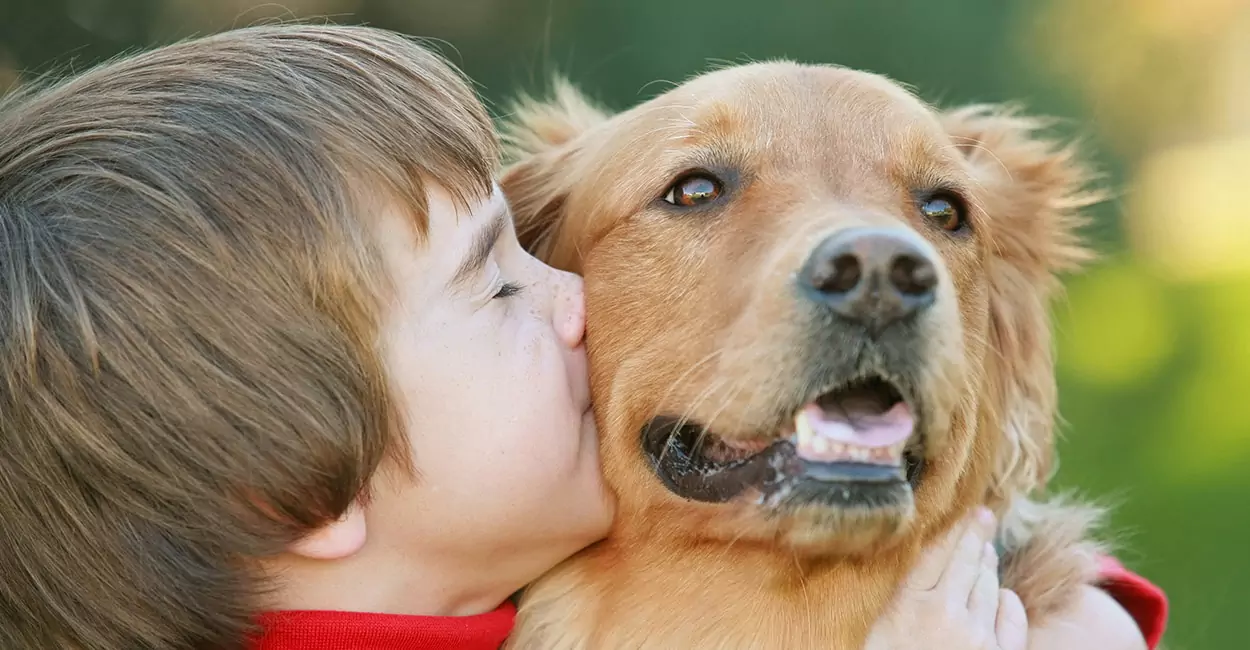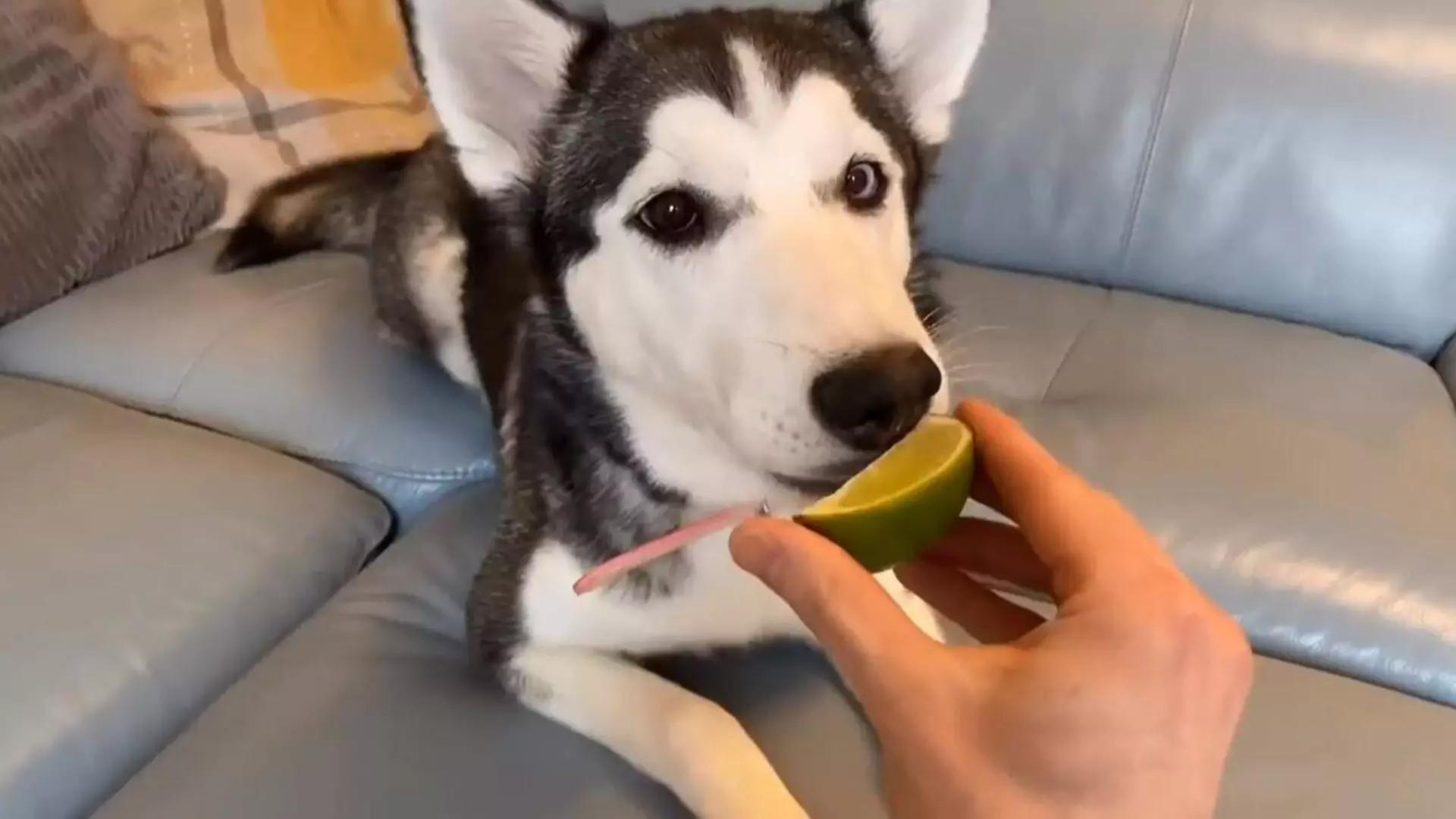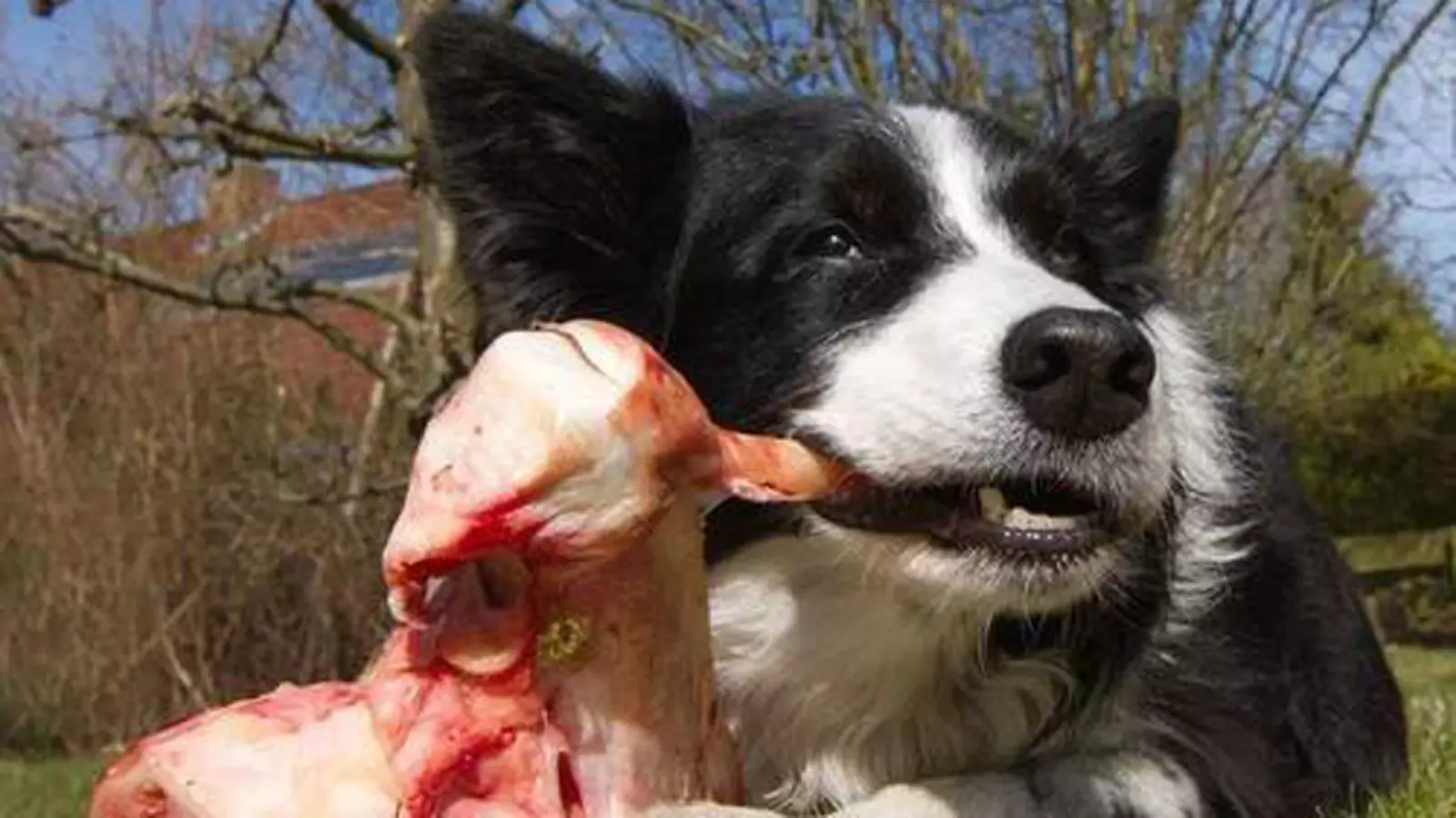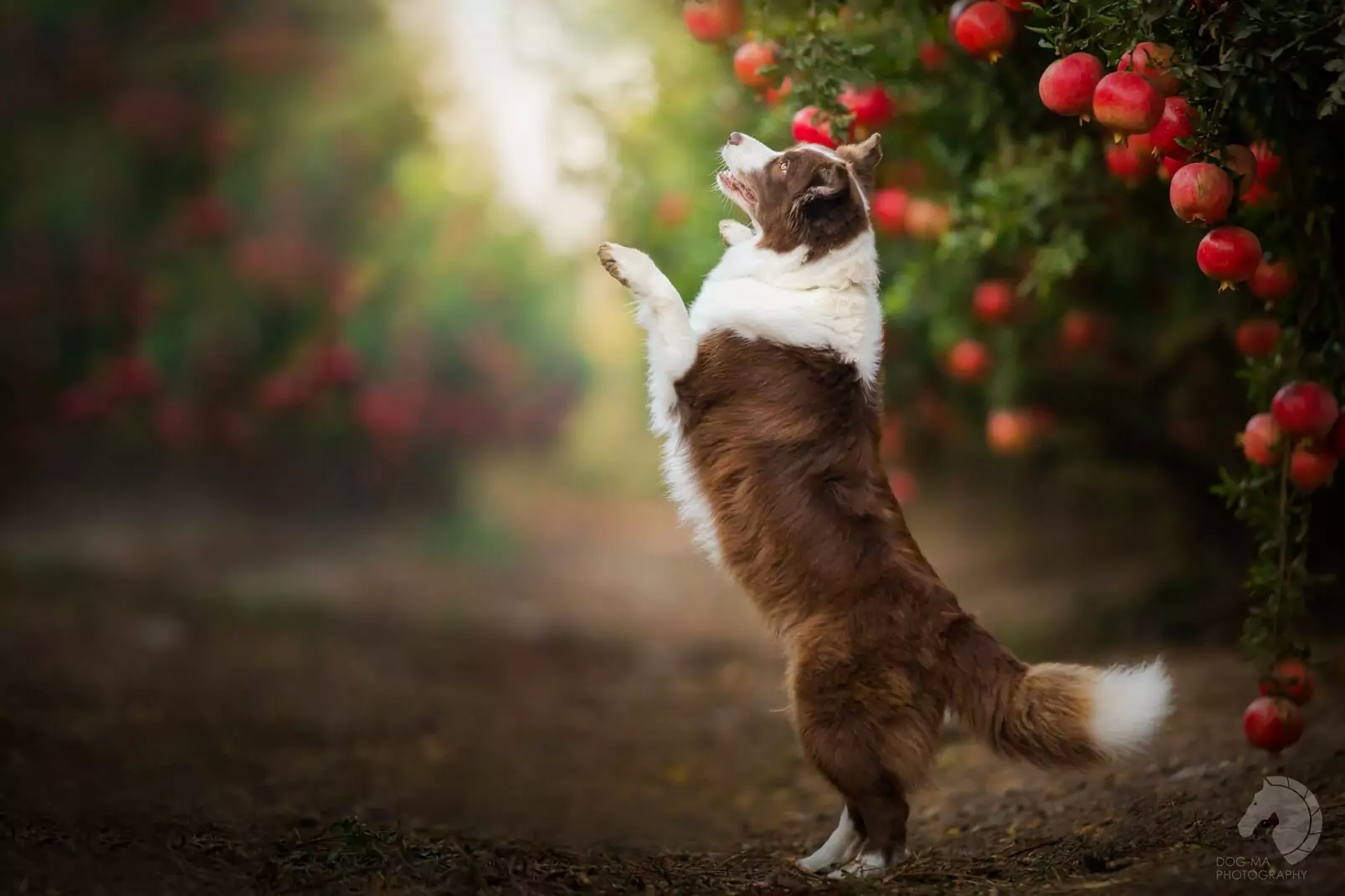Do dogs know how to kiss? Do dogs understand the meaning of kissing?
2022-07-08
Kissing is one of the most intuitive ways for humans to express their love, whether it is a kiss on the cheek or a French kiss, it is all about showing affection. Because such an act is a way of expressing love, owners must also show their love by kissing their dogs. This is indeed a way to express our love for our dogs. We all know that dogs repay us for every good thing we do for them, so sometimes you can see them licking their owners' faces or nudging their heads in return. But in reality, we should know that dogs and humans communicate differently, and although a kiss is meant to express love, dogs may interpret it to mean something else. In this article, we will share how dogs understand kisses from humans. First of all, do dogs like to be kissed?
The perfect answer to this question is "not necessarily". Kissing is not a natural behavior for dogs, and generally speaking, most dogs learn and enjoy kissing only after months of rigorous training. This means that until your dog understands what kissing is, you may be sending all the wrong signals when kissing and cuddling them. So don't simply assume that they are licking your face in return for a kiss.
I. Do dogs understand what a kiss means?
To answer this question with certainty, we should first know how dogs communicate. As mentioned above, dogs and humans communicate very differently, so we should never interpret their behavior in the same way that humans do. For example, a dog may bark and wail at its owner or another dog, and these behaviors should not be interpreted as the dog talking or being angry.
While humans rely primarily on speech and physical behavior as their primary means of communication, dogs express their thoughts and emotions through facial expressions and body posture. To understand how dogs communicate, we can compare them to some of their wild "relatives," such as wolves and jackals. Recent studies have shown that some breeds, such as huskies, retain most of their wolf-like language characteristics. But to a large extent, dogs' communication styles evolved from when they were first domesticated by humans, and because some dogs retain the language characteristics of their wild ancestors, it is difficult for different breeds to communicate effectively with each other, which means it is more difficult to understand how dogs communicate. Therefore, it is logical to say that dogs are born without understanding kissing, at least not the way humans perceive kisses and that dogs need to be trained to learn the meaning of kisses and the symbolism of kisses.
The best way to analyze the communication style is to determine if it is aggressive or submissive behavior, and only by correctly identifying it can the appropriate response be made. If it is submissive behavior, dogs will usually approach you from the side, which is their way of greeting you. After showing aggression, on the other hand, dogs may approach you from behind or from the front. This way, they can get the upper hand and attack if needed.

II. Can dogs understand light kisses?
Kissing is one of the favorite ways for humans to show their love, Whether it's a kiss on the cheek or a hot French kiss, the purpose of doing so is to show love. Since it is a way to show love, it is not surprising to see pet owners kissing their dogs. Since dogs are notorious for returning every good deed, you may also sometimes see them licking their owner's face or nudging their head in response.
However, we should remember that dogs communicate differently from humans. While a kiss may be meant to show our love for our dog, the dog may interpret it to mean something completely different. Here, we will explore how dogs understand human kisses. The first question we will address is: Do dogs like kisses? The perfect answer to this question is "not necessarily". Kissing is not a natural phenomenon among dogs, and in fact, most dogs only learn and enjoy kissing after months of rigorous training.
So, this means that you may be sending the wrong signals when kissing and cuddling your dog before he even knows what a kiss is. Never assume that a dog licking your face is a sign that he likes to be kissed! In most cases, the dog is sending a completely different message, such as expressing obedience, relieving stress, or showing affection.
To figure this out, we should first investigate how dogs communicate. Dogs and humans communicate differently, so we should never use human language to explain a dog's behavior.
For example, when a dog barks and wails at its owner or another dog, do not take for granted that the dog is angry or expressing pain. While humans rely primarily on speech and sign language as their primary means of communication, dogs express thoughts and emotions through facial expressions and body postures. To understand how dogs communicate, we can compare them to some of their wild counterparts, such as wolves. Recent studies have shown that some breeds, such as huskies, retain most of the linguistic features that belong to wolves. But in most cases, dogs' communication styles evolved from the time they were first domesticated by humans. Because some dogs retain language features from their wild ancestors, it can sometimes be difficult for different breeds to communicate effectively, which means that understanding how dogs communicate is more challenging for us. So on the other hand, it's logical to say that dogs are born not knowing how to kiss, at least not in the way humans understand kissing and that dogs need to be trained to learn about kissing and its symbolic meaning.
III. How dogs communicate
Exploring whether dogs understand human kisses is really about exploring the different ways that dogs communicate with humans and with other dogs.
1. Eye contact
Eye contact is one of the common ways that dogs communicate their thoughts and emotions. If a dog makes eye contact with you all the time, it may be expressing affection, trust, and obedience. On the other hand, if a dog is uncomfortable or afraid of you, it will avoid making eye contact with you. Most dogs will avoid making eye contact with their owners because it is a way for them to show flinching and self-blame after a naughty act.
2. sneezing, yawning
If you think dogs only sneeze when they have the flu, or yawn when they are going to sleep, then you need to get serious about the dog species. Dogs sneezing when they have no health problems is usually a sign that they are nervous or uncomfortable around unfamiliar people or other pets. Dogs yawn when they feel very content around you.
3. Abdominal exposure
Dogs rolling around in the grass while exposing their bellies usually indicates that the dog is trying to soothe you. Also, an exposed belly is a sign of passive resistance or perceived threat.
4. Tail movement
Most dogs will wag their tails when you stay around your dog. When dogs want to express excitement, they will wag their tails so hard that their hips will wiggle. However, dogs can also use their tails to express different emotions. For example, dogs will wag their tails slowly when they are cautious and nervous; while a stiff and raised tail may mean that the dog is on high alert; a pinched tail may indicate fear and anxiety, and a lower tail indicates satisfaction.
5. Flicking the tongue
Dogs will flick their tongues to send a series of messages to their owners or other dogs. Flicking their tongues may indicate anxiety or a desire to appease their owners.
6. Raising the paws
Dogs may lift their paws to express a desire to get your attention. Sometimes, this behavior may be accompanied by a tap on your leg. Adult dogs will gently lift their paws to soothe their owners, while puppies will repeatedly scratch the air with their paws to say the same thing.
Previous:Can dogs think?
Was this article helpful to you?
Other links in this article
Comments

Is a dog's mouth cleaner than a human's? Dogs' mouths need regular cleaning

Can dogs eat beans? Do dogs eat beans for health?

Can dogs eat lemons? Fruits that dogs should not eat more of

Do dogs have nightmares? Are dogs' dreams similar to humans'?

Can dogs eat raw beef? The benefits and drawbacks of beef for dogs

Is raw meat good for dogs? Can dogs eat raw chicken?

Can dogs eat pomegranates?

Can dogs eat ham?Can all types of ham hocks be eaten?

How to give a dog a bath

Can dogs eat kimchi?










